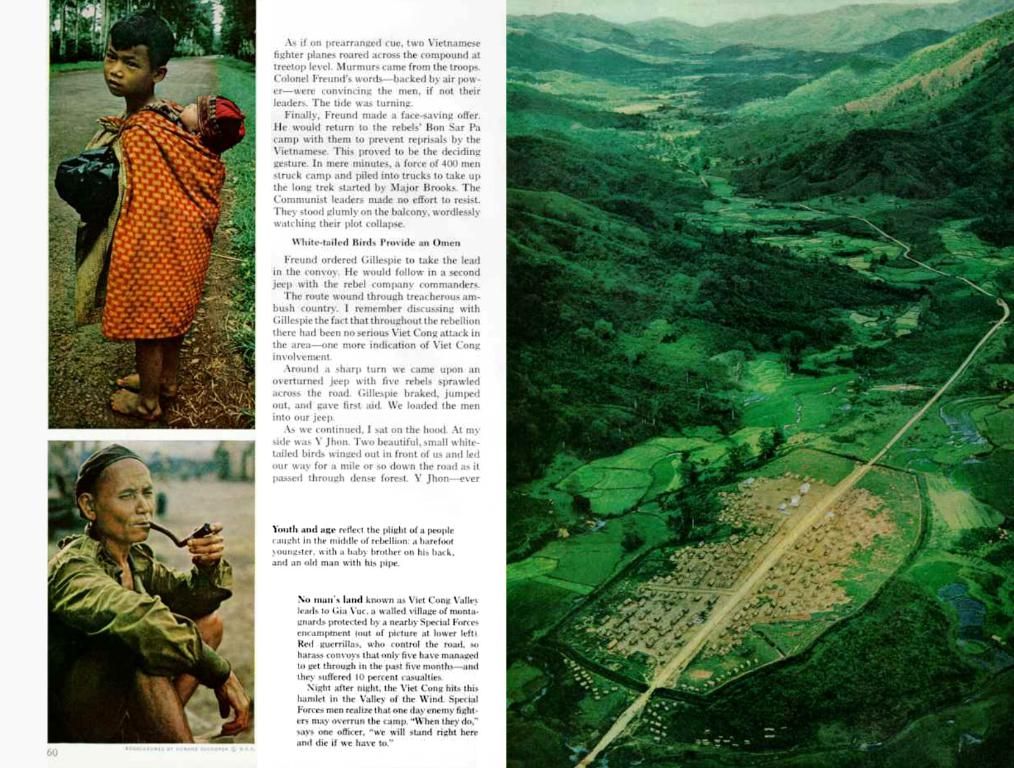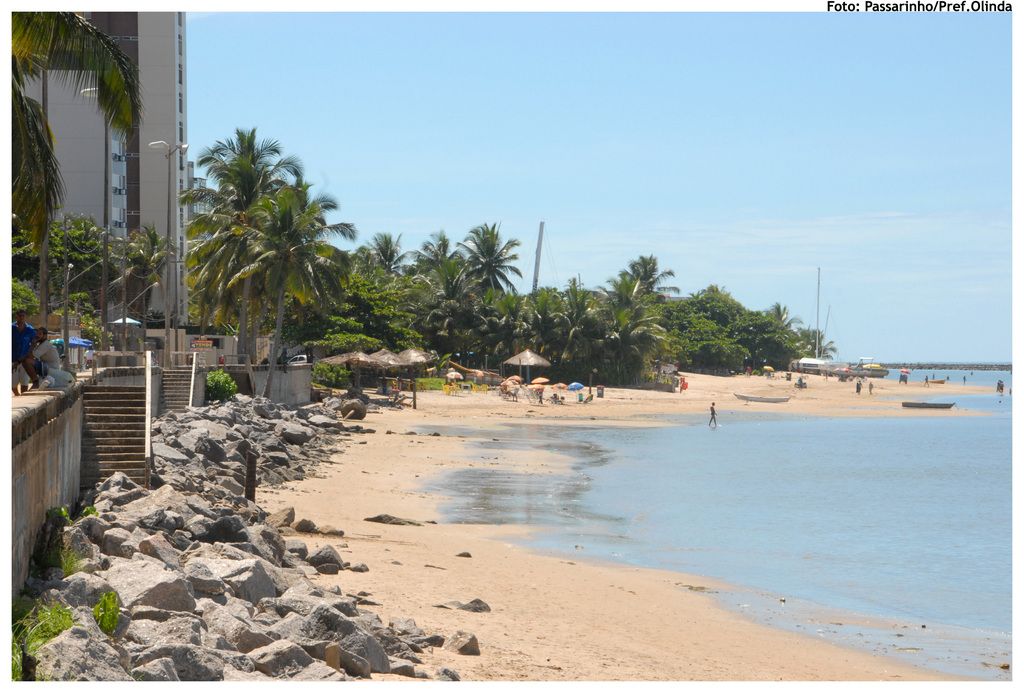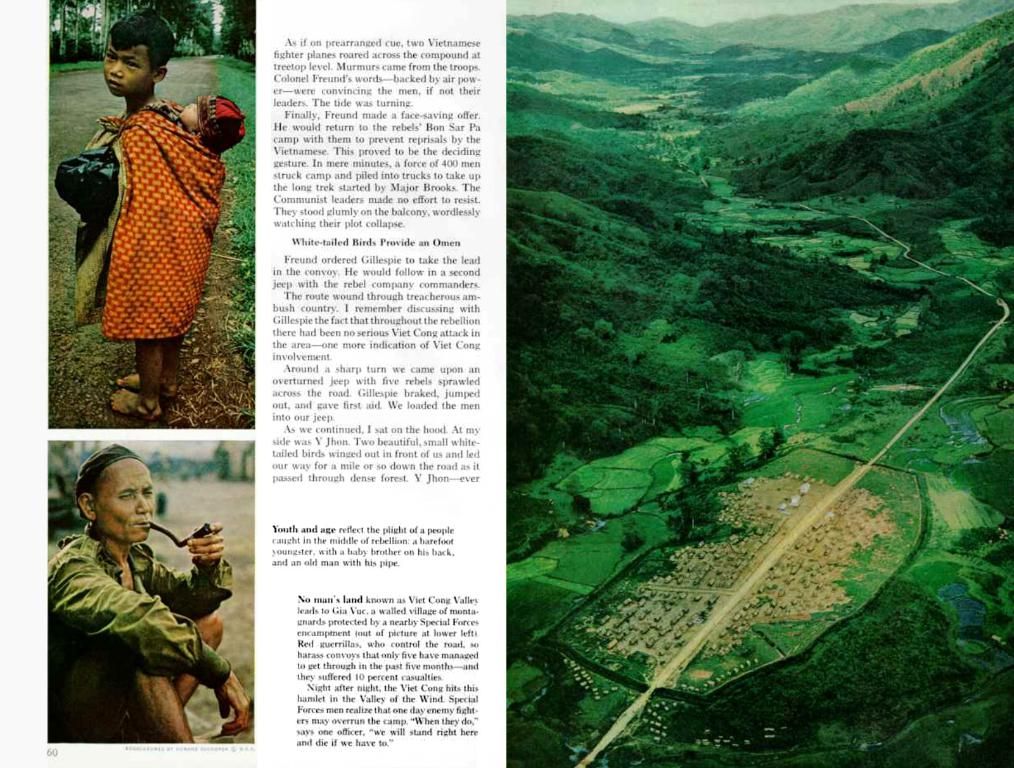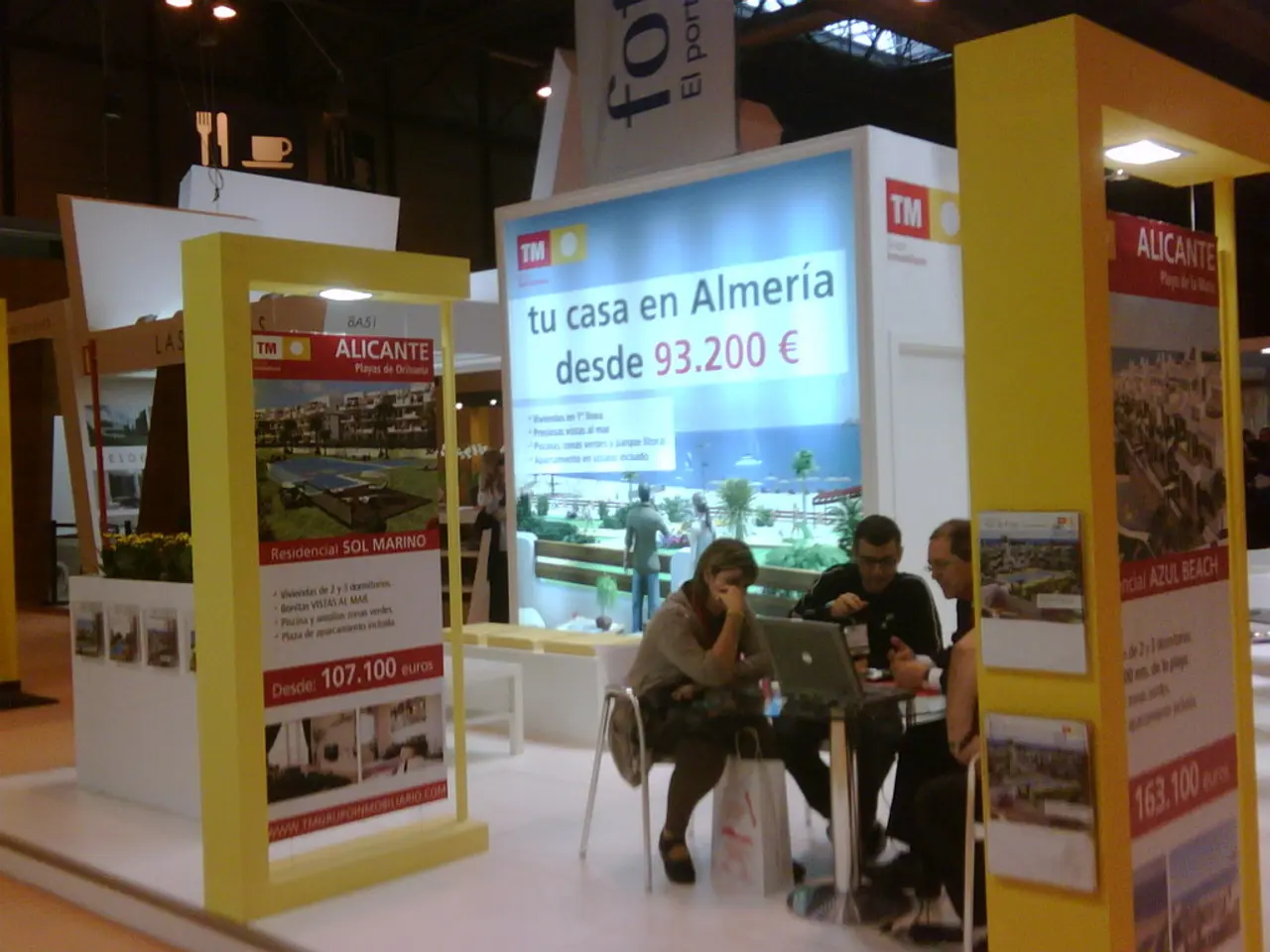Four Latina women persevered through challenges and succeeded in becoming part of European aristocracy
Gallivanting through the realms of royalty and Latin America, we stumble upon quite a few tales that defy expectations. Here are compelling narratives about Maria Teresa of Luxembourg, Maxima of the Netherlands, Maria II of Portugal, and the captivating Hanna, Marchioness of Guadiaro.
Maria Teresa of Luxembourg
Born: María Teresa Mestre y Batista in Cuba, paving her way to Europe as a young girl due to political turmoil.
Landing Spot: Grand Duchess of Luxembourg, stepping into the limelight alongside Henri, Grand Duke of Luxembourg, on 14 February 1981.
Impact: As a former refugee and non-European noble, Maria Teresa enlightened the Luxembourgish monarchy with perspectives from her global upbringing, advocating for humanitarian causes and representing women's rights. Continued public presence exhibited through engaging interviews, such as her recent feature in ELLE Luxembourg, illuminates her continued importance.
Legacy: Her tale demonstrates the adaptability of modern royals in this interconnected world, with European monarchy broadening its horizons.
Maxima of the Netherlands
Hometown: Máxima Zorreguieta hailed from Argentina, flourishing in the corporate world before encountering the future King Willem-Alexander.
Love Conquest: Fate brought them together at a public event, initiating a romantic journey that led Máxima to the Netherlands. The couple officially tied the knot in 2002.
Sojourn: Despite initial controversy due to her father's past with Argentina's military regime, Máxima has since gained immense popularity, earning admiration for her warm spirit, advocacy for financial literacy, and support for various social causes.
Legacy: Her integration exemplifies the trials and triumphs faced by non-European royals joining established aristocracies.
Maria II of Portugal
Birthplace and Upbringing: Dona Maria II was born in Brazil, but raised in Portugal as the direct heir to the throne due to her father's abdication.
Monarchical Struggles: Her reign was riddled with instability and civil war, but she was revered for her intelligence and commitment during her reign from 1826 to 1853.
Legacy: Maria II's life serves as a snapshot of the politicalributions and cultural integration that characterized 19th-century royal marriages and the subsequent reorigination of European alliances and monarchical legitimacy.
Hanna, Marchioness of Guadiaro
Hometown: Hailing from Ireland, Hanna became a household name after her marriage to Alfonso de Hohenlohe-Langenburg, the Marchioness of Guadiaro.
Transatlantic Ties: Her union connected Irish and Spanish noble lineages, solidifying her position within European aristocratic circles.
Impact: While she did not join a reigning royal family, Hanna offers a look into the personal and cultural transformations necessary for women becoming part of established European noble families, even outside of royal circles.
In summary, these remarkable women show us how those who left their native lands for royal or noble marriages in Europe have shaped politics, culture, and society. Navigating adaptation, public perception, and diplomacy, these women have etched their places in history.
Further Reading
Additional Royal News
[1] "ELLE Luxembourg: ELLES, Grand-duchesse Maria-Theresa de Luxembourg." ELLE, 28 Aug. 2020, www.elle.lu/style/elles/elles-grande-duchesse-maria-theresa-de-luxembourg-15972900.
[2] "Inside the Royal Wedding of Helen, Duchess of Abercorn, and Michael Hohenlohe-Langenburg." Town & Country, 13 Oct. 2016, www.townandcountrymag.com/society/romance-weddings/a17442307/abercorn-wedding-photo/.
[3] Los Angeles Times, "Hanna, Marchioness of Guadiaro, Leaves Prince Harry Amid Racial Slurs and Death Threats." People, 7 Mar. 2021, people.com/politics/hanna-marchioness-of-guadiaro-mexico-prince-harry-royalty/.
- The diverse backgrounds of these women, including Maria Teresa of Luxembourg, Maxima of the Netherlands, Maria II of Portugal, and Hanna, Marchioness of Guadiaro, have brought fresh perspectives to European royalty and nobility, making headlines in fashion-and-beauty and lifestyle news.
- In the realm of love-and-dating, Maria Teresa found her place in Europe as a young refugee, marrying into the Luxembourgish monarchy, while Maxima of the Netherlands met her husband, King Willem-Alexander, at a public event, marking the beginning of their romantic journey.
- aside from the royal families, the story of Hanna, Marchioness of Guadiaro, highlights the personal and cultural transformations necessary for women joining European aristocratic circles, exemplifying the intricacies of relationships and relationships throughout history.
4.These compelling narratives, about Maria Teresa, Maxima, Maria II, and Hanna, are not just news in entertainment, but also serve as powerful examples of the impact of celebrities and their roles in shaping pop-culture and societal norms, demonstrating the far-reaching influence of these women in the realms of relationships, lifestyles, and high-profile marriages.








